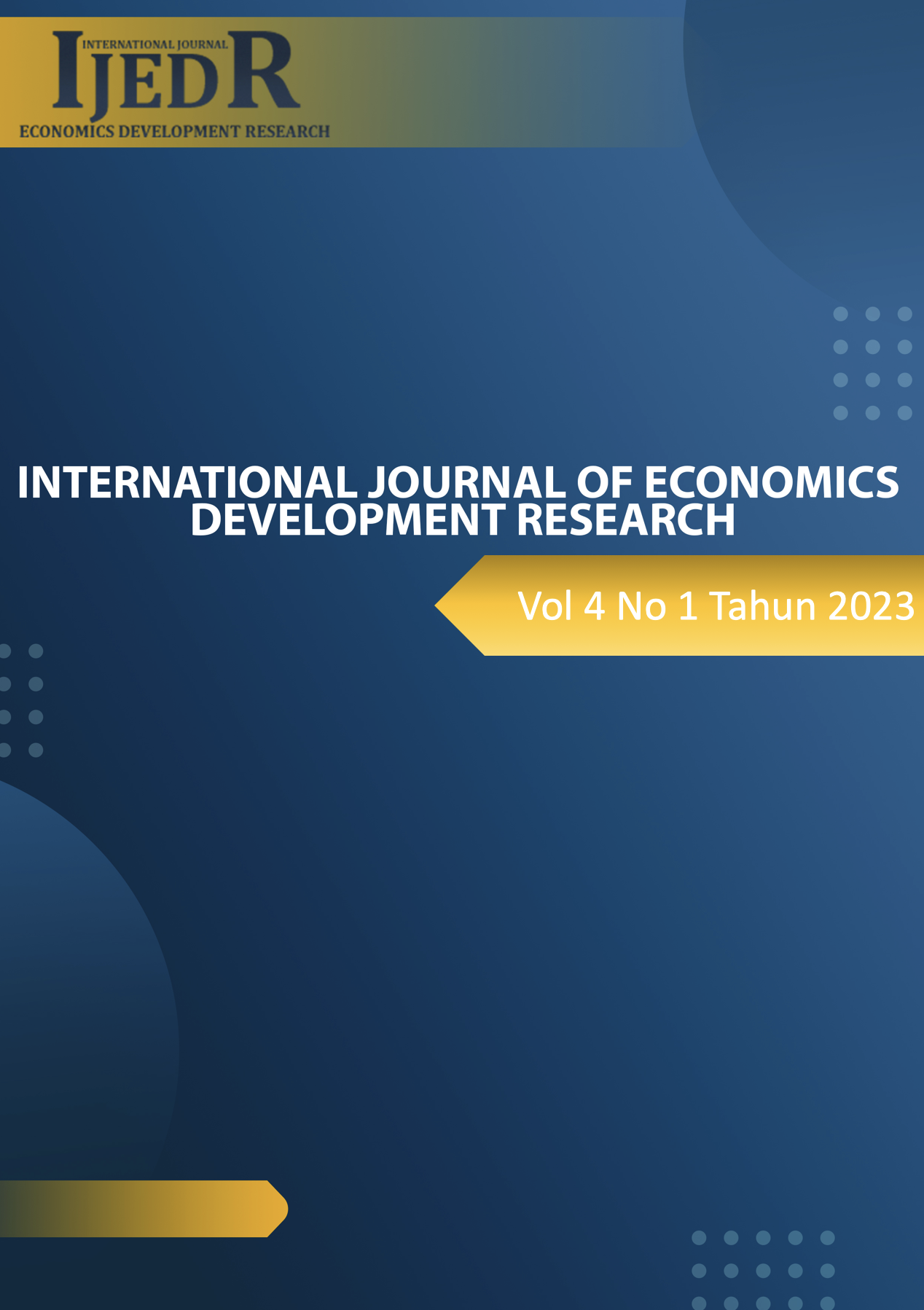What Explains the Duration of Unemployment among the Educated First Job Seekers in the Republic of Congo?
DOI:
https://doi.org/10.37385/ijedr.v4i3.800Keywords:
Poisson regression model, Republic of Congo, School-to-first-job transitionAbstract
The aim of this paper is to identify the determinants of the duration of unemployment among the educated first job seekers in the Republic of Congo. To achieve this goal, we make use of data which have been constructed from the database of the School-to-Work Transition Survey (SWTS) carried out in Congo in 2015 by Iinternational Labor Organization (ILO) among people who are between 15 and 29 years old. The sample formed for our study is made up of people who have at least a primary educational level, who have been employed at least once in their life and who have stopped study or training before getting their first job. The sample is made up of 1,171 individuals including 565 males and 606 females. Using these data, we perform a descriptive statistical analysis supplemented by an explanatory analysis based on the Poisson regression model. The explanatory variables we choose are: the educational and qualification level, the area of training, gender, age and the type of employment. Our main finding is that the trainig area and level are important factors of the school-to-first-job transition. This transition is shorter for people who have a background in the fields of applied sciences (Production and Process Engineering, Maths and Computer Science, Medicine, Agriculture, Managementbusiness,...). Hence, the point is not only to increase the human capital stock, but also to form a human capital structure that corresponds to the real needs of the economy, so that the duration of the transition between the cessation of studies or training and access to the first job is considerably reduced.
References
Atkinson, J. (1984). Manpower Strategies for Flexible Organization. Personnel Management 16(8): 28-31.
Bonnal, L. and Fougere, D. (1990). Les déterminants individuels de la durée du chômage. Économie & prévision 96: 45-82.
Bougroum, M. and Ibourk, A. (2003). Les effets des dispositifs d'aide à la création d'emplois dans un pays en développement, le Maroc », Revue internationale du travail 142(3): 371-403.
Burdett, K., Kiefer, N., Mortensen, D. and Neumann, G. (1984). Earnings, Unemployment and the Allocation of Time Over Time. Review of Economic Studies 51: 559-578.
Cases, C. and Lollivier, S. (1994). Estimation d'un modèle de sortie du chômage à destinations multiples. Économie et Prévision (113-114): 177-188.
Chort, I., De Vreyer, P. and Marazyan, K. (2014). L’apprentissage au Sénégal, déterminants et trajectoires. Autrepart (3): 175-193.
Cockx, B., Decoster, A., Dejemeppe, M., Spinnewijn, J. and Van Der Linden, B. (2018), Une baisse plus rapide des allocations de chômage est-elle à recommender. Regards économiques. Focus.
Diamond, P. (1987). Consumer Differences and Prices in a Search Model. The Quarterly Journal of Economics 102(2): 429-436.
Di Paola, V. and Moullet, S. (2003). L'emploi public et les trajectoires d'insertion des jeunes, Economie et Statistique. (369-370): 49-74.
Doeringer, P. and Piore, M. (1971). Internal Labor Markets and Manpower Analysis. Heath, Lexington.
Fortin, B. and Fougere, D. and Lacroix, G. (1999). The Impact of Government-Sponsored Training Programs on Labour Market Transition. Working Paper, Cyrano, 1999RP-03.
Heckman, J. and Singer, B. (1984). A Method for Minimizing the Impact of Distributional Assumptions in Econometric Models for Duration Data. Econometrica: Journal of the Econometric Society: 271-320.
Joutard, X. and Werquin, P. (1992). Les déterminants individuels de la durée de chômage: de l'intérêt de distinguer les emplois stables des emplois précaires. Économie & prévision 102(1): 143-156.
Kiefer, N. M. (1988). Economic Duration Data and Hazard Functions. Journal of economic literature. 26(2): 646-679.
Lancaster, T. (1979). Econometric Methods for the Duration of Unemployment. Econometrica: Journal of the Econometric Society: 939-956.
Lancaster, K. (1990). The Economics of Product Variety: A survey. Marketing Science, 9(3): 189-206.
Le, J., Le Minez, S. and Rey, M. (2013). Chômage de longue durée : la crise a frappé plus durement ceux qui étaient déjà les plus exposés. Vue d’ensemble - Marché du travail, Insee.
Le Rhun, B. and Pollet, P. (2011). Diplôme et insertion professionnelle. France, Portrait social: 41-50.
N’Guessan, C. Francis-José (2015). Analyse des déterminants de l’intensité de la recherche d’emploi en Côte d’Ivoire. Revue d’Analyse Economique 91(3).
Nauze-Fichet, E., Tomasini, M. (2002). Diplôme et insertion sur le marché du travail: approche socio-professionnelle et salariale du déclassement. Economie et statistique (354): 21-48.
Stigler, G. J. (1962). Information in the labor market. Journal of political economy. 70(5). Part 2, 94-105.24(1-2), 63-132.





